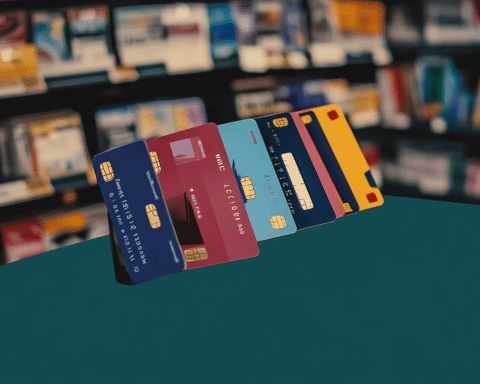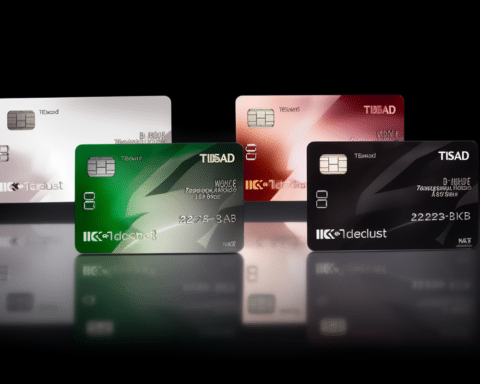Credit card debt can easily sneak up on unsuspecting consumers, especially when it comes to seemingly small balances. A recent study reveals that a $1,000 credit card balance, if not managed properly, can lead to exorbitant interest charges and prolonged debt.
In this article, we will delve into the true cost of carrying a $1,000 balance and explore strategies to avoid falling into the trap of minimum payments.
The Cost of Neglecting a $1,000 Balance
While a $1,000 credit card balance may appear manageable, making only the minimum payments can prove to be a costly mistake.
According to data from the Federal Reserve, the average interest rate on credit card accounts offered by commercial banks was a staggering 20.09% as of February 2023. This substantial interest rate has a significant impact on personal finances, resulting in long-term debt and increased costs.
A Glimpse at the Numbers
Let’s consider the numbers closely. Assuming a minimum payment requirement of 2.00% and the aforementioned interest rate, if you were to pay only the minimum on your $1,000 balance, you would end up paying a staggering $2,126.17 in interest before finally becoming debt-free.
Moreover, it would take you a daunting 195 months (or 16.25 years) to clear that seemingly modest balance.
The Perils of Minimum Payments
The reason why carrying a balance and making minimum payments can be so financially devastating lies in the nature of those payments. In this scenario, the minimum payment primarily goes toward covering interest charges, leaving little to no impact on reducing the principal balance.
With only a few dollars going towards the actual debt each month, it becomes a prolonged struggle to achieve financial freedom.
Escaping the Grip of High Interest Charges
Thankfully, there are ways to break free from the clutches of large interest charges and expedite debt repayment.
The most effective method is to pay off the balance in full when your statement arrives, thereby avoiding any interest charges altogether. By doing so, you not only eliminate the financial burden but also potentially benefit from rewards programs if your card offers them.
Paying More Than the Minimum
If paying off the balance entirely isn’t feasible, paying more than the minimum required can still make a significant difference.
For instance, by paying $100 per month instead of the 2% minimum payment, you would be debt-free within a year and accumulate only around $103.60 in interest charges. This approach saves you both time and money, providing a clear path to financial freedom.
The Importance of Avoiding Minimum Payments
It cannot be emphasized enough that making only minimum payments on your credit card is a recipe for disaster, regardless of your balance amount.
Whether you owe $1,000 or more, breaking the cycle of minimum payments is crucial for your financial well-being. The more you contribute toward the debt each month, the quicker you can bid farewell to your credit card burden and minimize long-term interest costs.
Taking Control of Your Finances
A seemingly insignificant $1,000 credit card balance can easily become a financial nightmare if not managed properly. By understanding the true cost of carrying such a balance and implementing proactive payment strategies, consumers can avoid falling into a spiral of debt and high interest charges.
Remember, making more than the minimum payment each month is the key to reclaiming control of your finances and bidding farewell to credit card debt once and for all.




